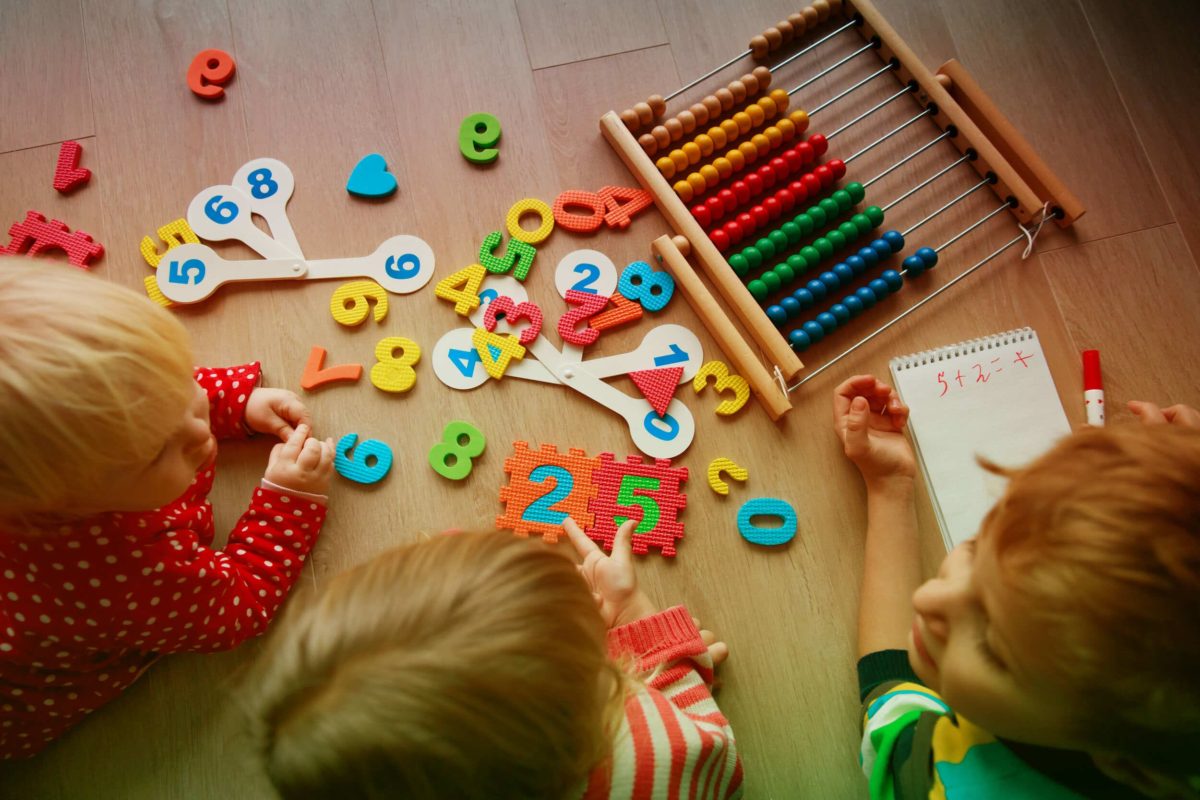Introducing mathematical concepts to children in the early years helps them to develop their understanding of number, problem-solving, shapes and measure, as well as developing their own spatial awareness and reasoning within a broad range of contexts.
In early years curriculums throughout the world, there are common areas of focus which can be divided into six categories. These provide the firm foundations for children’s early mathematical learning and will support them as they progress up the years in primary school.
These six main areas are:
Counting and Correspondence: Being able to count and understand the value of a number (how many each number represents)
Comparison: understanding that comparing numbers involves understanding which numbers are worth more or less than each other.
Composition: understanding that one number can be made up from two or more smaller numbers.
Pattern: finding patterns helps children notice and understand mathematical relationships.
Shape and Space: recognising shapes and understanding what happens when shapes move or combine with other shapes.
Measures: comparing different aspects such as length, weight and volume.
In England, the Early Years Framework document outlines what learning is expected and recommended throughout the early years. In general, they specify two main areas of focus:
Numbers: children count reliably with numbers from 1 to 20, place them in order and say which number is one more or one less than a given number. Using quantities and objects, they add and subtract two single-digit numbers and count on or back to find the answer. They solve problems, including doubling, halving and sharing.
Shape, space and measures: children use everyday language to talk about size, weight, capacity, position, distance, time and money to compare quantities and objects and to solve problems. They recognise, create and describe patterns. They explore characteristics of everyday objects and shapes and use mathematical language to describe them.
More specific early learning goals in mathematics categorised by ages can also be found in the Early Years Outcomes document. These are useful guidelines for understanding the stages of mathematical development in the early years.
